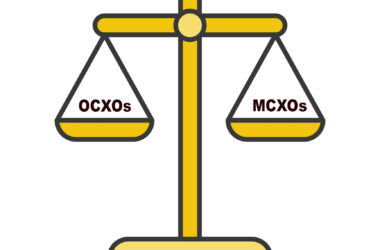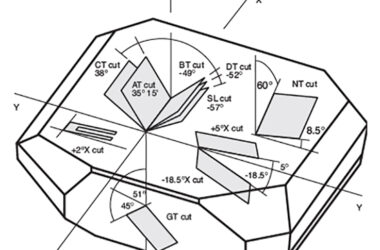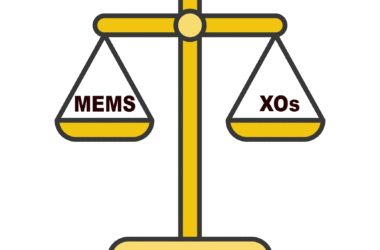Come By and Meet With Us in San Francisco – IMS Booth 4215
Please plan to stop by our booth (4215) at IMS. The exhibit hall is open for three days – Tuesday, June 17 – Thursday, June 19. Q-Tech’s technical experts will be there to discuss your specific requirements and to tell you about our latest advances in crystal oscillator timing solutions.



